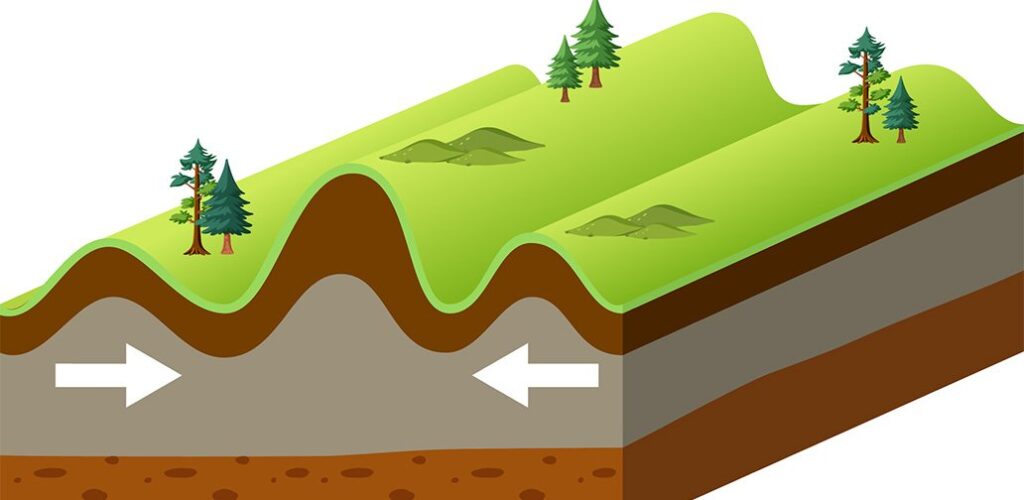
Recent research led by a team from Tohoku University has challenged long-held beliefs about the mechanical behavior of the Earth’s crust. The study indicates that certain rock formations, specifically those with layered structures, may actually strengthen the crust instead of weakening it under pressure.
The investigation, spearheaded by Professor Hiroyuki Nagahama, Professor Jun Muto, and Ph.D. Candidate Hiroaki Yokoyama, focused on formations that exhibit folding under compressive forces. These formations create distinct bends known as kink bands. Traditionally, it was believed that such structures reduced the mechanical strength of crustal rocks, thereby compromising the integrity of the Earth’s outer shell.
Key Discoveries in Rock Mechanics
The research team conducted a series of deformation experiments using biotite, a common mineral known for its layered composition. The experiments were designed to simulate varying pressure conditions that rocks might experience in the Earth’s crust. Surprisingly, the findings revealed that kink bands, when aligned in a specific geometric configuration known as a rank-1 connection, exhibited an increase in strength rather than a decrease.
The rank-1 connection allows for smooth continuity between two differently deformed regions within the rock, leading to enhanced material properties. The researchers noted that kink bands with symmetric tilt boundaries consistently resulted in greater material strength. This phenomenon, termed kink strengthening, has been discussed in materials science but is among the first instances of its clear demonstration in geological contexts.
“This study not only bridges concepts between materials science and geology, but also offers new insight into the mechanical behavior of the Earth’s crust,” says Nagahama.
Real-World Implications for Earthquake Risk Assessment
To validate their laboratory findings, the research team also identified similar kink bands in natural rock formations. These formations varied from microscopic features within minerals to large-scale structures spanning kilometers, often referred to as mega kinks. The evidence suggests that these kink bands may locally enhance the strength of the crust, potentially affecting the distribution and rupture locations of earthquakes.
The implications of this research are significant. “This finding may contribute to more accurate seismic hazard assessments in the future,” states Yokoyama. “The more we understand about these rock formations, the better our predictions about earthquakes become. As such, this research could have a real positive effect on people living in earthquake-prone regions.”
The study’s findings were published in the journal Scientific Reports on September 26, 2025, under the title “Kink strengthening and rank-1 connection of crustal rocks.” This research not only enhances understanding of geological materials but also has the potential to improve safety measures in areas susceptible to seismic activity.







